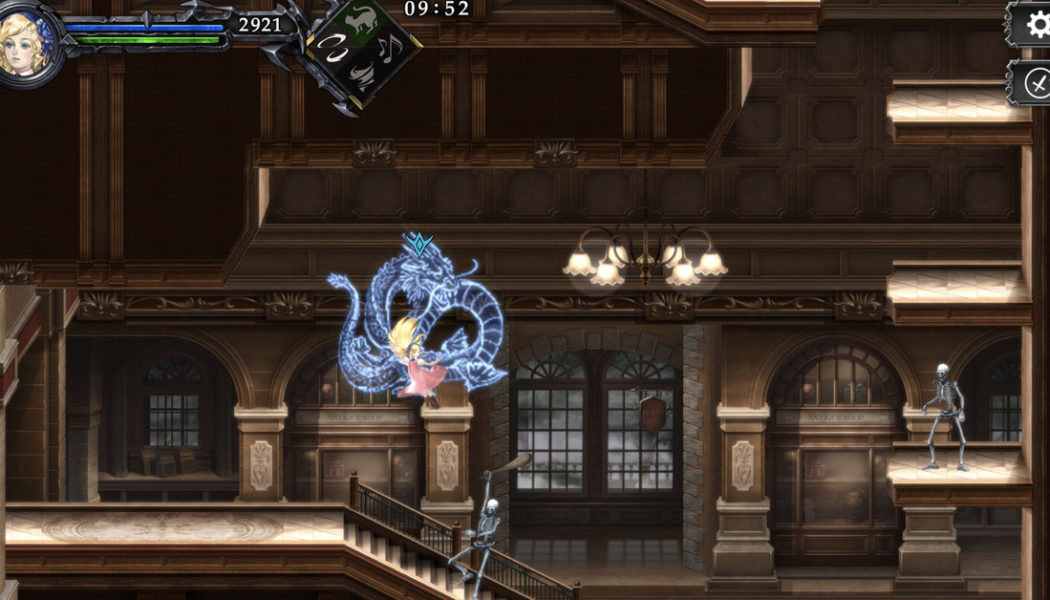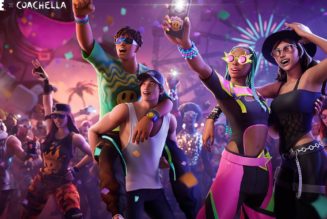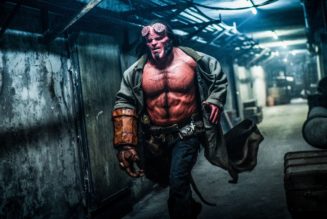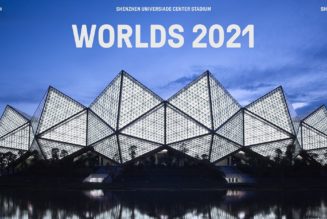
Castlevania: Grimoire of Souls isn’t just the long-awaited return of the vampire-whipping series. It also marks the return of some big names, including character designer Ayami Kojima and composer Michiru Yamane, who left Konami in 2008. Yamane previously worked on seminal Castlevania games like Symphony of the Night and Dawn of Sorrow, and after going freelance she teamed up with longtime Castlevania director Koji Igarashi on Bloodstained. Her credits also include Skullgirls, a few Suikoden games, and Monster Boy and the Cursed Kingdom, though she calls her work on Castlevania her “masterpiece.”
Ahead of the launch of Grimoire of Souls, which is out now on Apple Arcade, I had the chance to ask Yamane a few questions over email about her work and career.
How does it feel to return to the franchise?
The Castlevania series is my masterpiece from my days as a company employee, and it is also the series in which I participated in the largest number of titles. So I’m very happy to be able to participate in this project as a freelance musician again after all these years, and to be able to please the fans of this series.
For you, what makes a Castlevania soundtrack distinct? What are elements that are intrinsically Castlevania?
The best thing about it is its worldview. Pipe organs, choirs, church bells, and other instruments and musical styles which are typical of the medieval European era. In particular, baroque and classical music is of course a point of differentiation. In addition to the academic Western classical music, there is also the essence of various music such as Ravel and Debussy, the essence of avant-garde music, and modern music (progressive rock) in odd time signatures. For example, the desert stage contains music with Middle Eastern melodies, or the water stage uses modal melodies.
How do you think the series’ sound has evolved over the years?
It can be said that it has developed along with changes in the performance of game console. The PSG sound source of NES, followed by the Mega Drive, PlayStation, and PlayStation 2, has increased the range of expression as time has progressed. In the early days of video games, the number of simultaneous sounds was three, but as technology increased, the amount of data that we can handle increased, and the range of musical expression expanded. We can say the same thing for graphics. As the person in charge of music, I feel that as the expression of graphics has expanded, it has become possible to express artistic beauty by linking it to music.
Was there anything you wanted to do differently this time around?
Currently, my life’s work is healing music. Because of this, I create music in a slightly lower tuning “A = 432hz,” which is specialized for healing.









